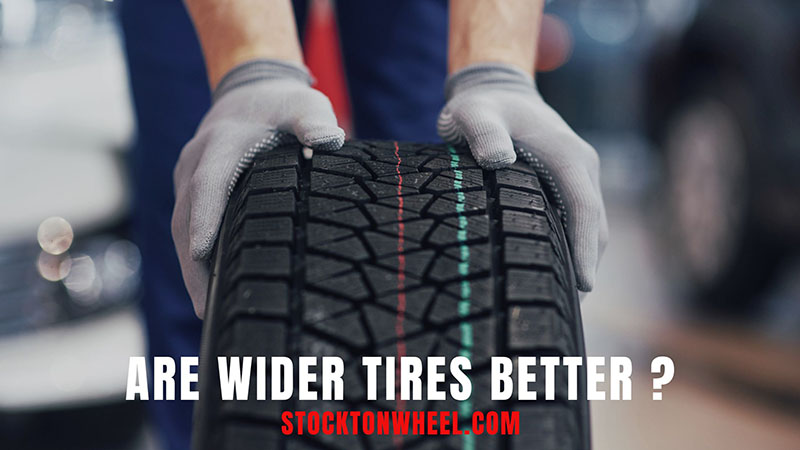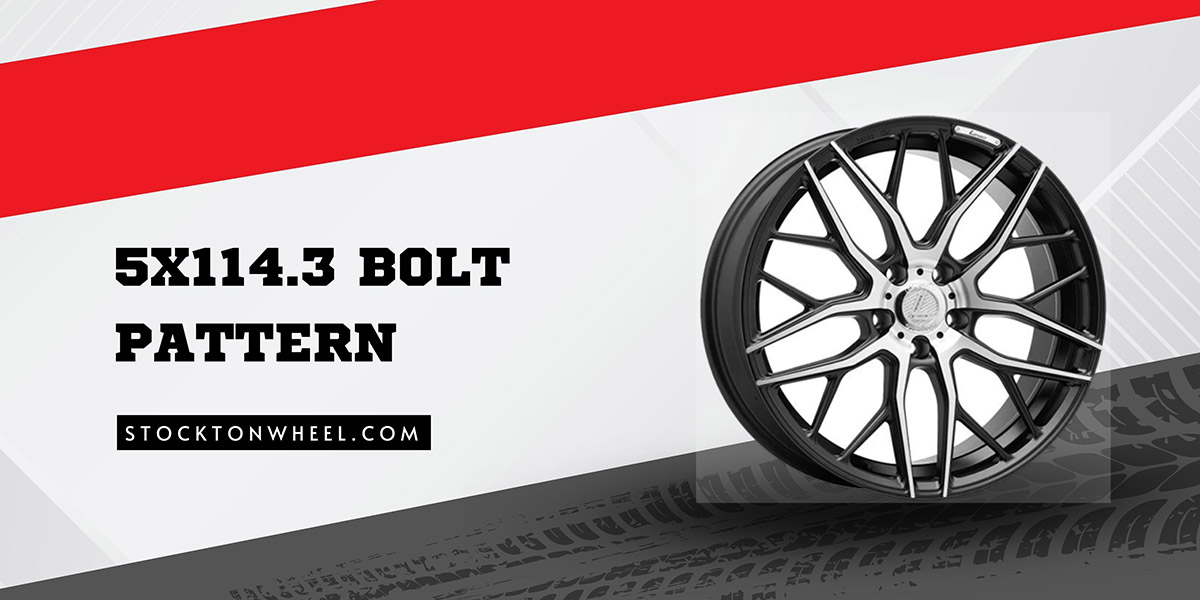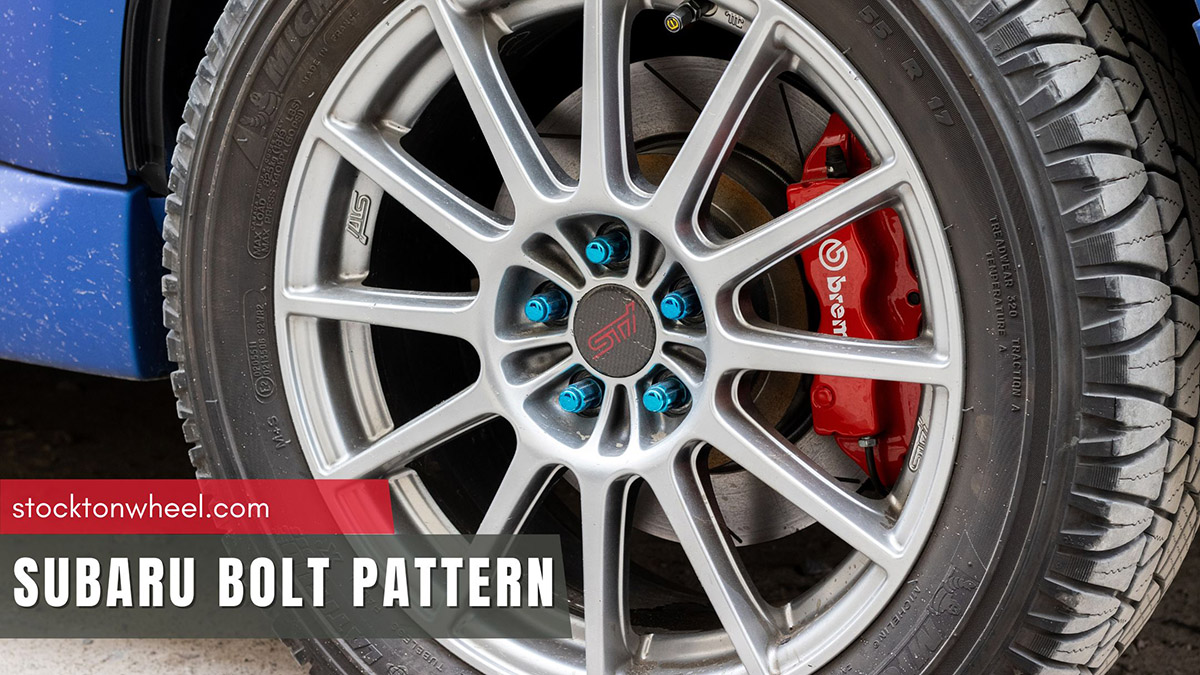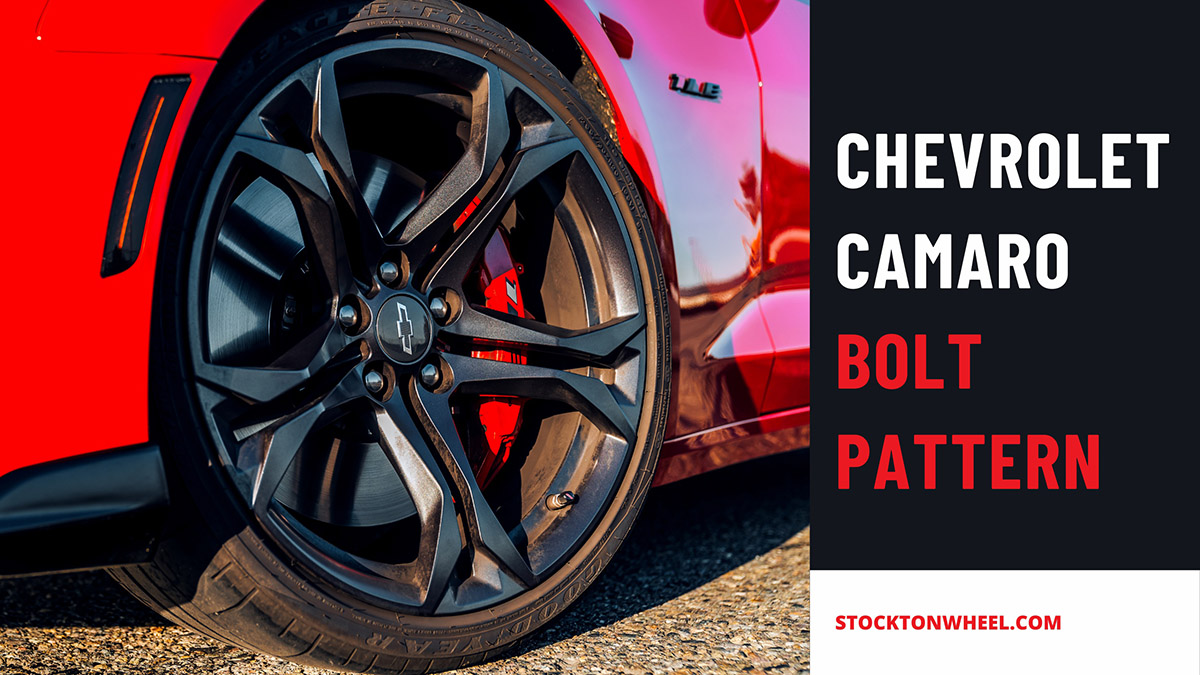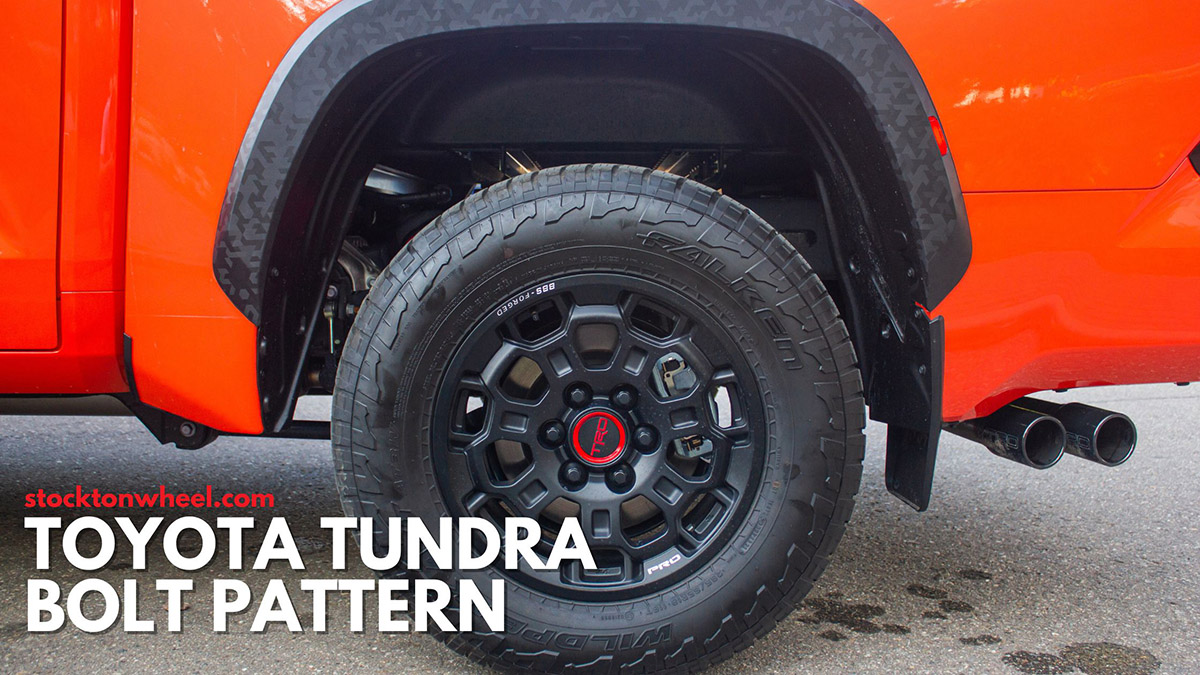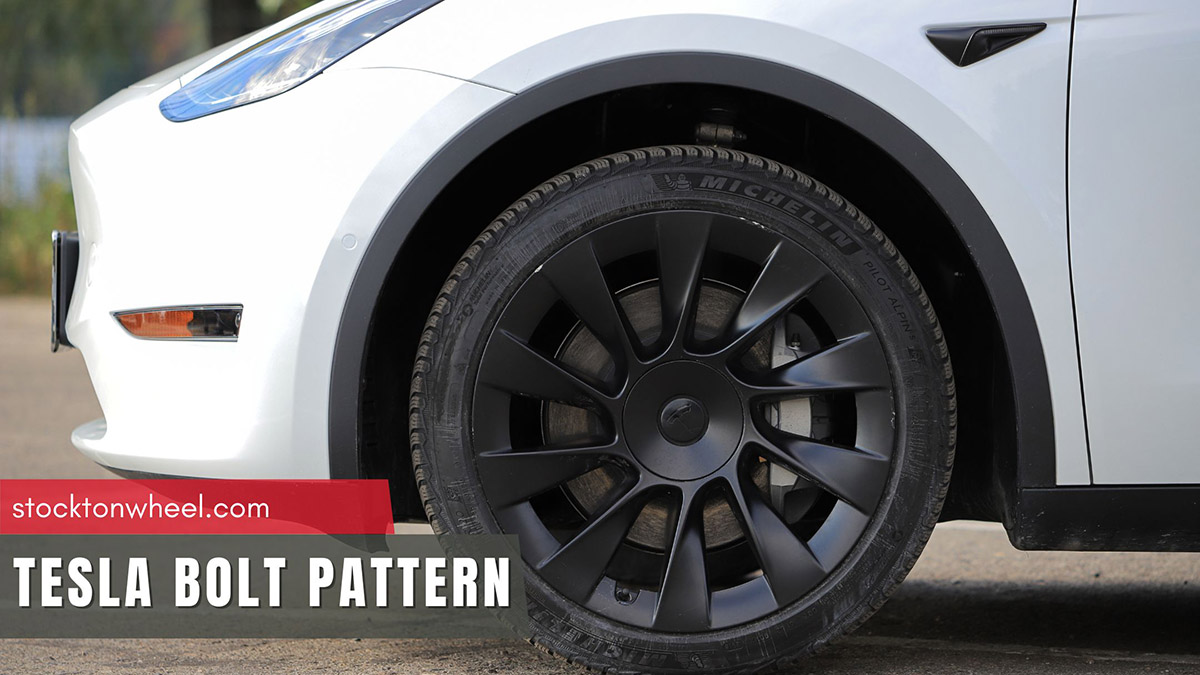Does tire width matter? It’s a question that often arises when considering tire options for your vehicle. Wider tires have gained popularity for their aesthetic benefits and significant impact on various aspects of a vehicle’s performance.
To clarify whether they are truly good, let’s scroll down!
In this article:
Are Wider Tires Better?
It depends on your use. The wider contact patch provides a better grip, especially on dry roads, improved handling, shorter braking distances, and enhanced safety. For winter conditions, consider narrower ones since wider ones are prone to hydroplaning.
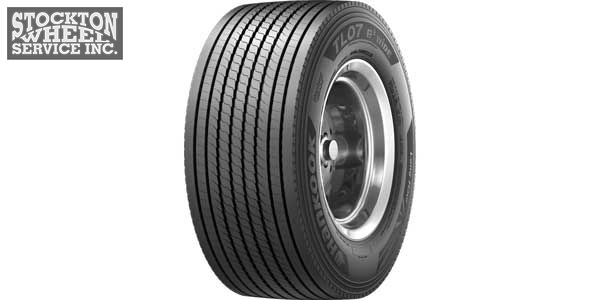
Additionally, wider tires can offer enhanced stability during cornering, providing a larger footprint and distributing the vehicle’s weight more evenly. While wider tires do offer certain advantages that make them appealing to some, there are trade-offs to consider, which we will discuss in the next section.
Pros And Cons Of Wider Tires
Wider tires offer better grip, improved handling and stability, shorter braking distance, and enhanced outlook. But they are only meant for dry roads, cost more, reduce fuel economy, and give off louder noises.
Pros
- Improved traction and grip, especially on dry surfaces.
- Enhanced handling and stability, particularly during cornering.
- Shorter braking distances, allowing for quicker stops and potentially enhancing safety.
- Sporty appearance, giving a vehicle a more aggressive and muscular look.
Cons
- Higher cost
- Potentially reduced fuel efficiency
- Increased road noise
- Transmit more vibrations and bumps from the road to the vehicle’s occupants.
When Should You Use Narrow Tires?
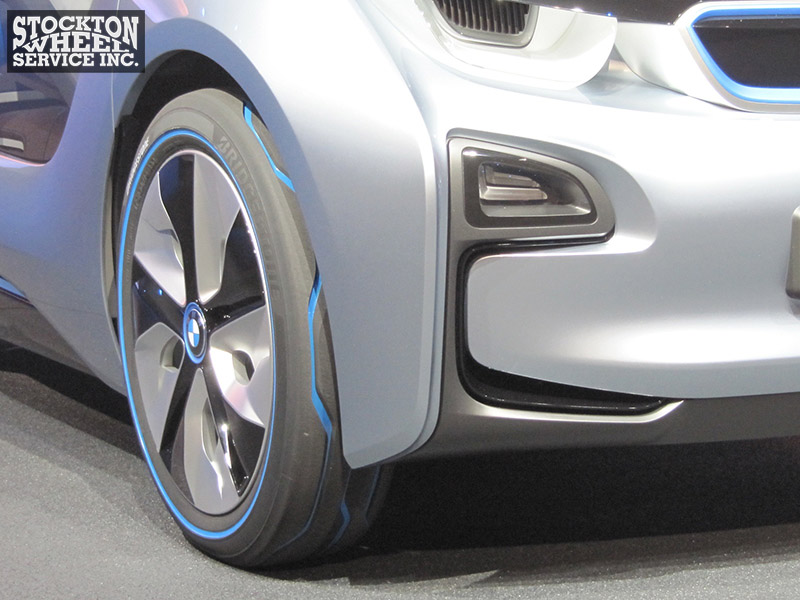
Narrow tires can be beneficial in certain situations and for specific purposes. In cold weather, tires with narrower sections offer better traction. They increase the road’s surface pressure while driving it, allowing for better traction on snow and ice.
They are also excellent at moving in slush and loose, compacted snow. The likelihood of tires slipping in such circumstances increases with the footprint’s width. Larger tires are slightly riskier in cold conditions because of this.
Thin Tires Vs Thick Tires: What Are The Differences?
In short, thin tires are narrower, offering better fuel efficiency and traction on dry surfaces for city driving. Meanwhile, the thicker ones have a wider profile, providing increased grip, stability, and better performance in wet, snowy conditions, or off-road driving.
I have made some more detailed comparisons of these two right below.
Width
Thin tires have a narrower width, resulting in a smaller contact patch. This more limited contact patch offers certain advantages. They are known for their agility and responsiveness, allowing for precise handling and maneuverability.
On the other hand, thick tires have a wider width, providing a larger contact patch. This broader contact patch enhances traction and stability, particularly in challenging road conditions.
Weight
Tires with thinner walls typically weigh less and move more quickly. The grip they provide is also weaker, and they are more prone to punctures. In some circumstances, though, they might be simpler to manage.
Additionally, the lighter weight of thin tires can have a positive impact on suspension and braking systems, allowing them to operate more efficiently.
Durability
When comparing thin tires to thick tires in terms of durability, there are some key distinctions between the two. The former, due to its narrower construction, often exhibits greater durability in certain aspects.
The slimmer profile can make them less prone to sidewall damage and punctures, as there is less exposed surface area vulnerable to road hazards.
Thick tires typically have stronger sidewalls and can withstand heavier loads and more rugged driving conditions. Their wider construction protects against impacts and can handle off-road terrains with greater resilience.
Fuel Economy
Your steering effort will be lower, and your vehicle will use less fuel due to producing less friction. Narrow tires use less fuel than wide tires because they have less friction, resulting in lesser gasoline consumption. Wide tires generate more friction, which causes your vehicle to use more fuel.
Performance
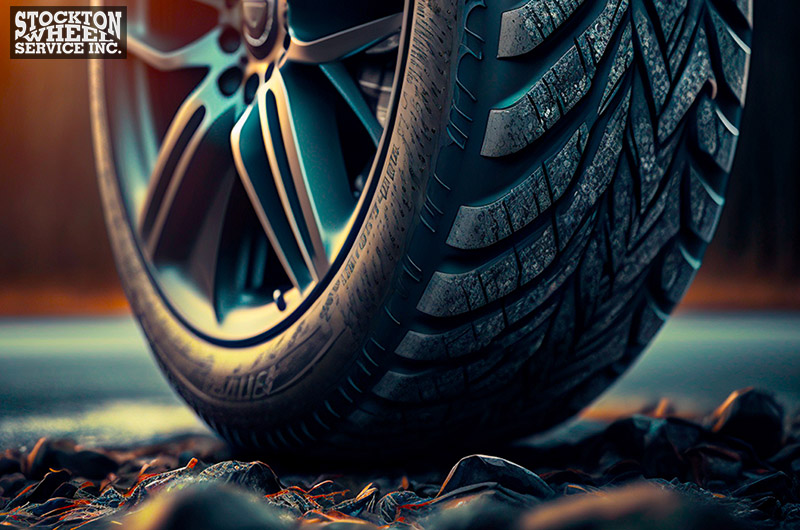
After experiencing both of the tires, I find that the thinner ones are often favored for their responsive and precise handling. The smaller contact patch allows for better feedback and agility, making them well-suited for spirited driving or navigating tight corners.
The tires with wider widths provide enhanced traction and stability. The larger contact patch delivers improved grip, particularly in challenging road conditions or off-road terrains. They offer better traction during acceleration, braking, and cornering, ideal for vehicles that require more grip and can handle heavier loads.
Frequently Asked Questions
Do Wider Tires Wear Faster?
Yes. The increased surface area of wider tires means more rubber is in contact with the road, resulting in more friction and wear. Additionally, wider tires may have a softer rubber compound to maintain traction, contributing to faster wear.
Do Wider Wheels Slow You Down?
No, wider wheels do not inherently slow you down. The width of the wheel itself does not directly impact the speed of a vehicle. However, wider tires may have a larger frontal area, leading to increased aerodynamic drag at higher speeds, which can have a minor effect on the overall speed rate.
Do Bigger Tires Lower RPM?
No, you will need more gasoline to maintain the same RPM if you have a tire that is too big since the engine will operate below its efficiency range. On the other hand, a tire that is too tiny may cause the motor to spin more quickly than necessary to maintain the speed, wasting fuel and power.
The Bottom Line
The question of the winner in the battle depends on personal preferences and various factors, including personal preferences, driving conditions, vehicle type, and intended use.
Thick tires are ideal for vehicles that require more grip and durability, and situations that demand better traction in challenging road conditions. While wider tires can offer advantages such as improved traction and handling, it’s important to consider potential drawbacks such as decreased fuel efficiency and increased road noise.
See more:

